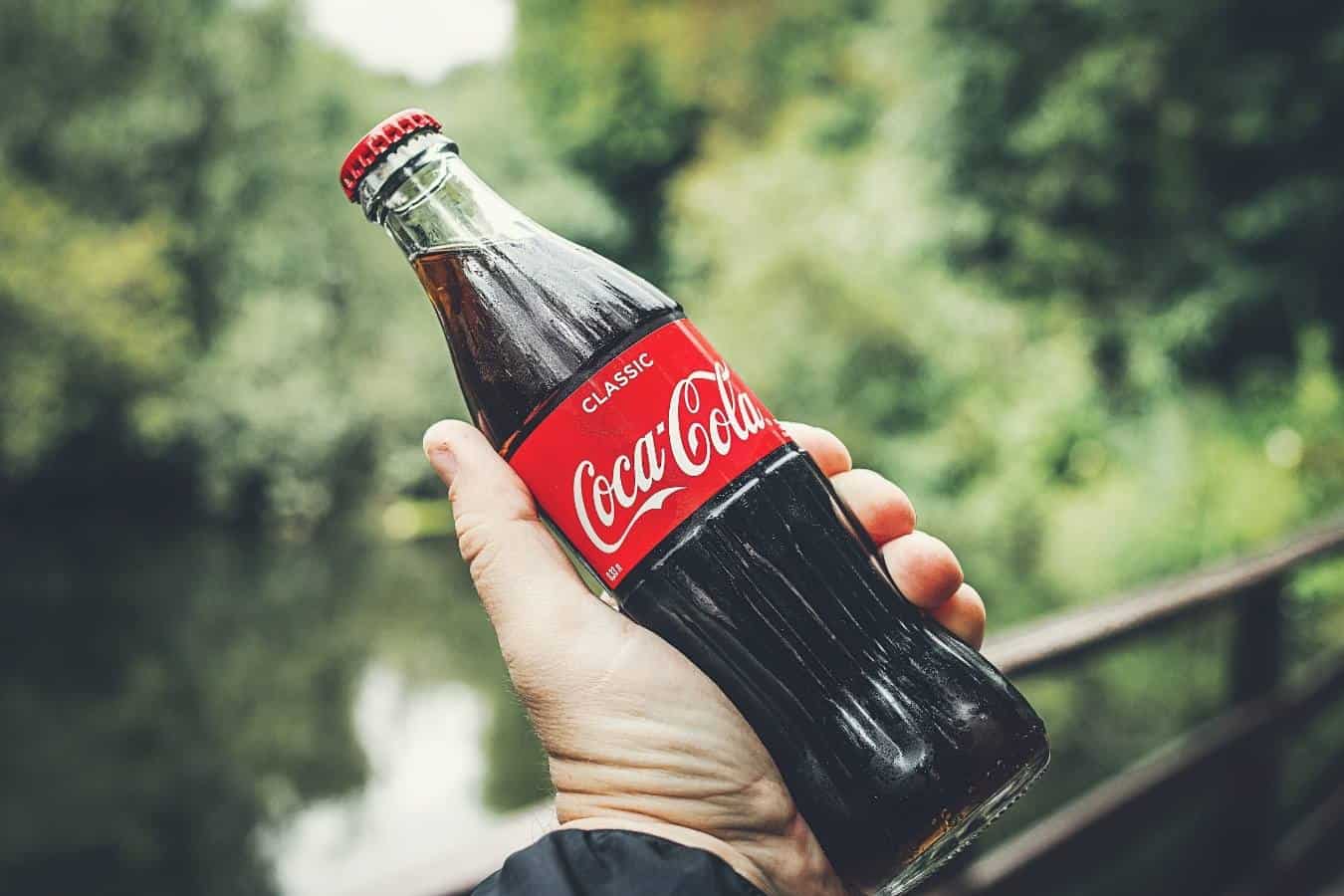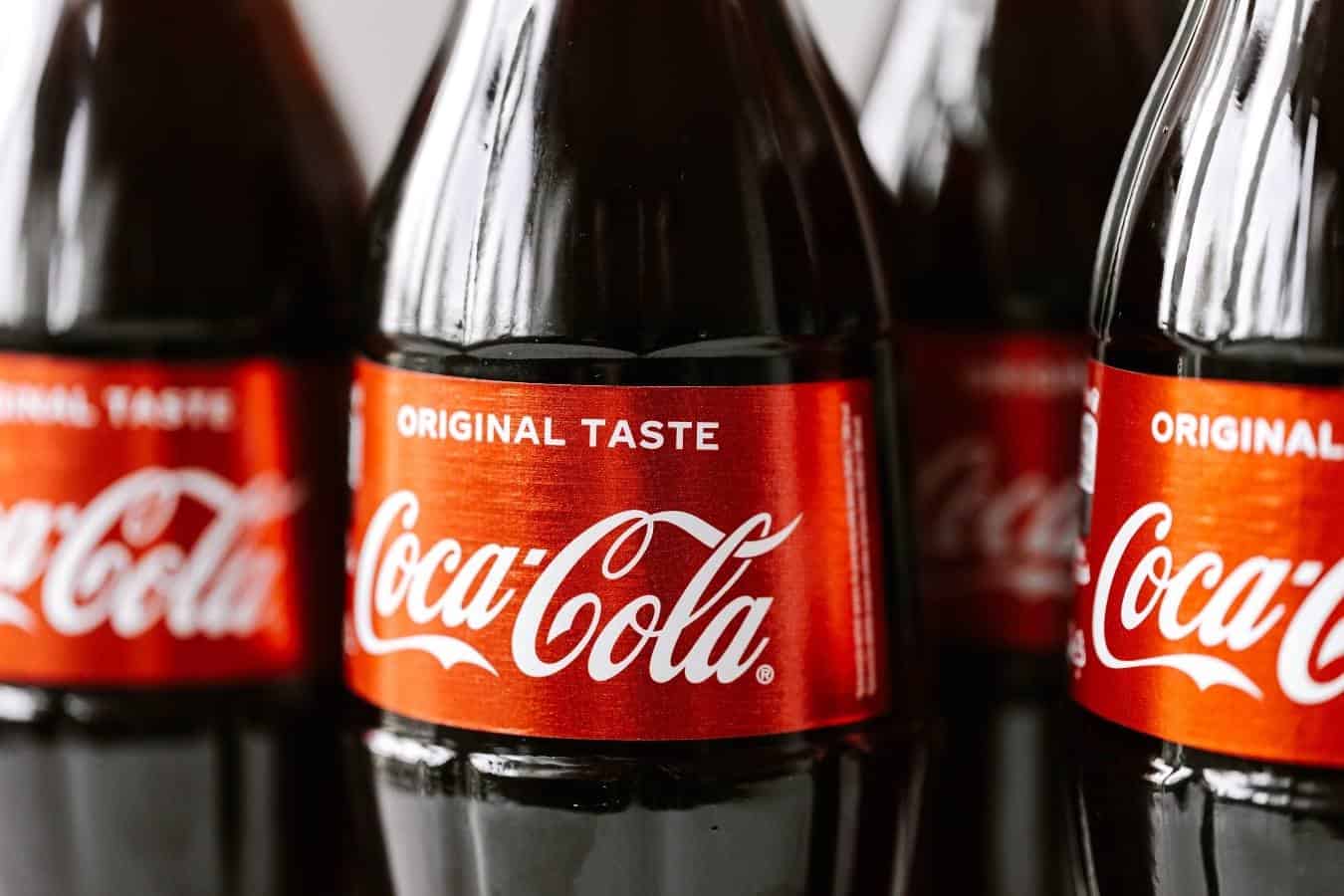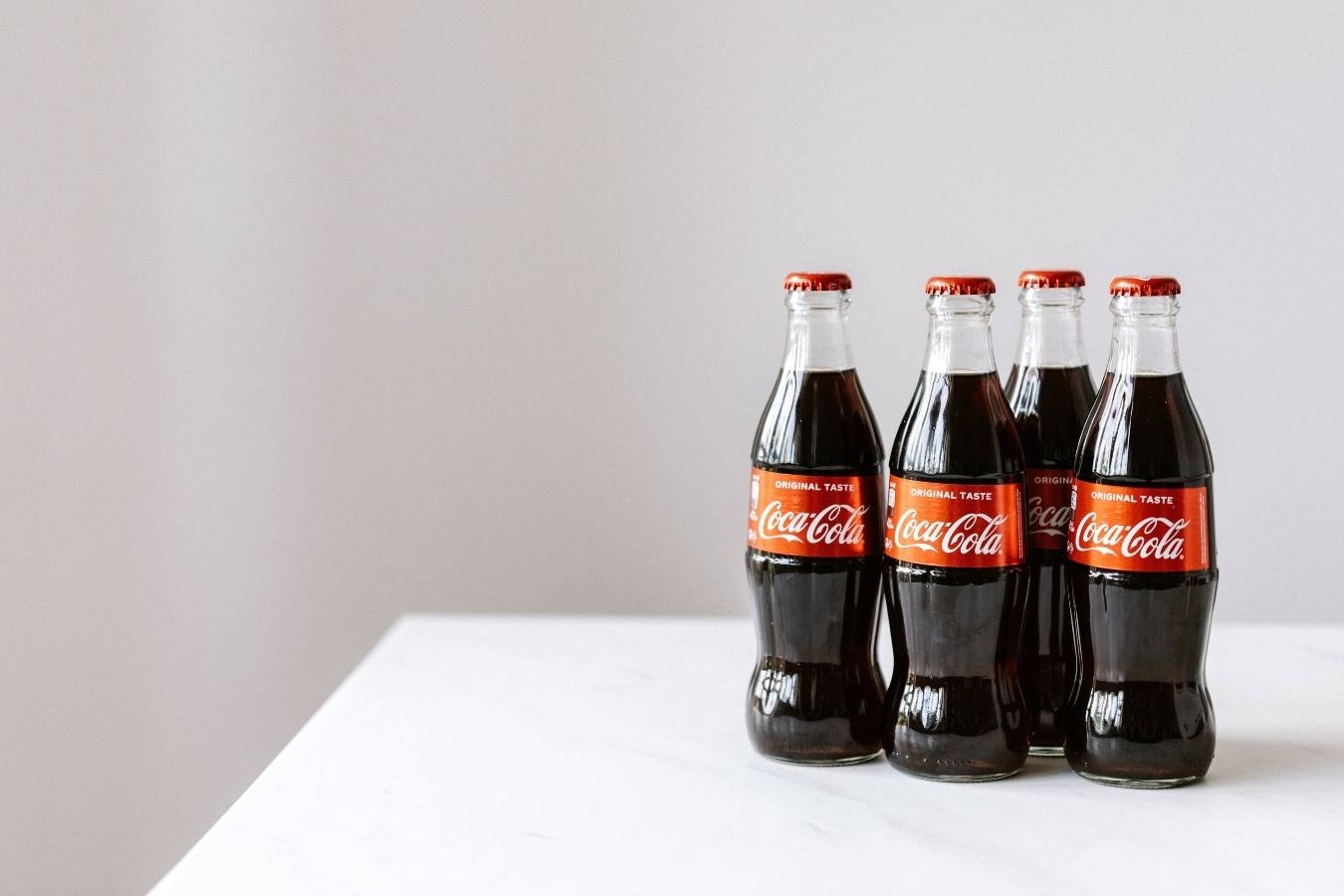Coke is a popular beverage with many side jobs. For instance, it can help remove rust and clean toilets and coins. But does Coke remove hair dye?

Coke can remove hair dye as it contains orthophosphoric acid. This alongside the fizziness also produces carbonic acid that can strip dye. If you leave Coke on your hair for too long, the acidity can damage the cuticle, making it easier to dissolve and lift the color out.
Is Coke Good or Bad For Hair?
Many beauty bloggers already recommend applying Coke to your hair.
However, Coke can be good or bad for your locks, depending on how you look at it.
Here are the pros and cons you need to know before experimenting with this trend:
Pros of Using Coke On Your Hair
Helps remove build-up
Coke contains orthophosphoric acid, a cleansing agent that’s powerful enough to dissolve grime, rust, bloodstains, and limescale build-up.
The fizz (carbon dioxide) also helps by loosening dirt. So, if you have scalp and hair build-up, a Coke rinse might leave your strands feeling cleaner than before.
Adds volume
This beverage contains a huge amount of sugar that sticks to your hair, making it appear fuller.
Because it’s cheaper than most hair products, Coke is a popular beauty hack and quick fix for those that want more volume, texture, and defined curls.
Leaves hair smooth and shiny
Coke is an acidic beverage that tightens the hair cuticle, leaving your strands smooth and shiny.
Remember, the acid mantle exists to keep the cuticle layer tight and compact, so Coke may help to restore the natural pH balance.
Cons of Using Coke On Your Hair
Sugar build-up
On the other hand, coke doesn’t do much to clean your hair.
It contains high fructose syrup and other ingredients that stick to your hair and attract dirt and dust.
While this gives your hair more texture, the build-up can irritate your scalp, leading to itchiness and dandruff.
Coke does not contain any surfactants, like shampoo. Even if it does remove some build-up from your hair, it still leaves a sugar residue that needs to be washed off.
Dries hair
Coke’s acidity can dissolve your hair’s natural oils. The sugars left behind may leave a crusty layer that makes your hair feel dry.
In addition, Coke can also damage the cuticle so that your strands are no longer protected from moisture loss.
Damages hair
Coke can dissolve many things, including chicken bones, eggshells, and teeth, given enough time.
Therefore, leaving Coke in your hair for too long can cause damage since it dissolves the protein in your hair.
Overall, Coke has no exceptional benefits for hair.
Indeed, it can make your locks shinier, smoother, and more textured, but many affordable hair products can do the same thing without damaging your hair.
Does Coke Remove Hair Dye?

Coke can fade and remove hair dye. Because Coke won’t entirely strip hair dye from your strands, it’s often used to lighten hair that has been dyed too dark or too bright.
The presence of the following ingredients helps explain the effect of Coke on hair dye:
Orthophosphoric acid. Coke is a highly acidic drink. When used in moderation, its low pH helps tighten the cuticle, preventing dye molecules from escaping.
However, excessive application will damage the cuticle, making hair more porous.
This allows the dye molecules to be washed off easily. The acid will dissolve the hair dye the way it dissolves rust, stains, and grime.
Carbonic acid. Carbonic acid is produced when the carbon dioxide in Coke dissolves in the liquid. Carbonic acid is also a great stain remover and may help fade hair dye.
You’ll likely see better results if your hair dye is temporary.
With permanent hair dye, the dye molecules are locked inside your strands, so they’re difficult to wash off.
The only way to get them out is by lifting or damaging the cuticle. However, this causes dryness and potential breakage.
In addition, there are claims that Coke will turn your hair orange, so you may want to do a patch test before soaking your strands in this soft drink.
How To Use Coke To Remove Hair Dye

Follow these steps to find out first-hand how much Coke can lighten your hair.
- Pour room-temperature Coke from a bottle directly onto your hair while bending over a sink or bowl. Make sure the soft drink saturates all your strands to ensure uniform results. Use 1 bottle for short hair or 2 bottles for long hair.
- Leave the Coke in your hair for 5 to 10 minutes, then wash your hair with a shampoo. If you want to texturize your hair, you can wash your hair with water only. This removes the stickiness but leaves some sugar residue behind for extra thickness. For the best results when removing hair dye, use a clarifying shampoo. It contains strong surfactants that help remove more dye molecules.
- Air dry your hair or gently blow-dry and check to see if you notice any color changes. You’ll probably need several coke rinses to create a more noticeable effect.
Tips for Using Coke to Remove Hair Dye
- Regular Coke only contains carbonated water, sugar, caramel color, phosphoric acid, caffeine, and natural flavors. To achieve better results, it’s best to use Diet Coke, which contains citric acid. Citric acid is the active compound in lemon juice that lightens hair.
- When rinsing your hair after applying Coke, use warm water. This will open the cuticle so that more dye molecules can come off. Don’t forget to do a final rinse with cold water to close the cuticle.
- Avoid using Coke rinses frequently as it can make your hair fragile in the long term. Instead, explore other natural methods for removing hair dye, such as baking soda, vinegar, vitamin C, and lemon juice.
Disclaimer: This site is not intended to provide professional or medical advice. All of the content on LovedByCurls.com is for informational purposes only. All advice should be followed at your own discretion. Ingredients may change at any time so always check the product label before using. Check our full disclaimer policy here.
